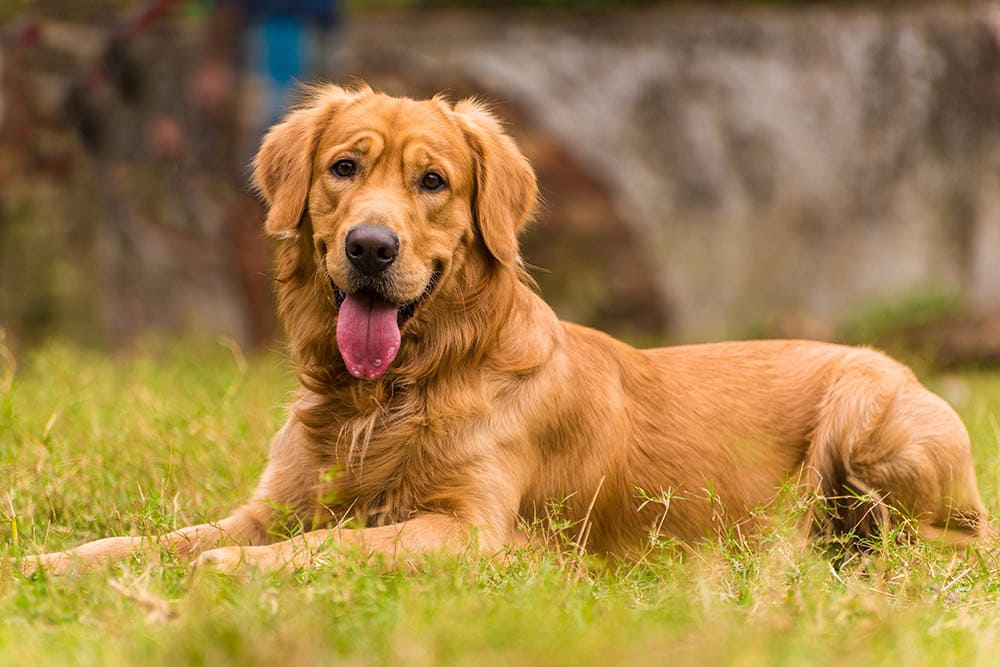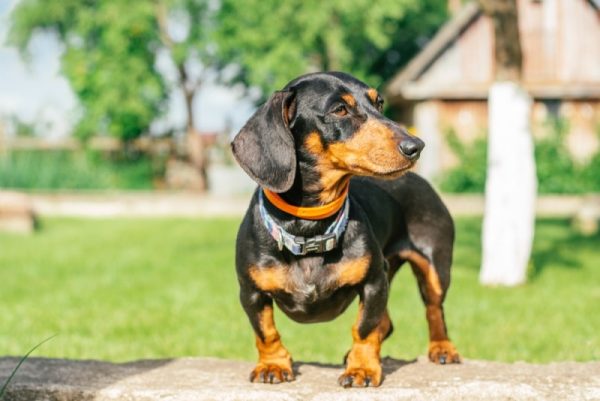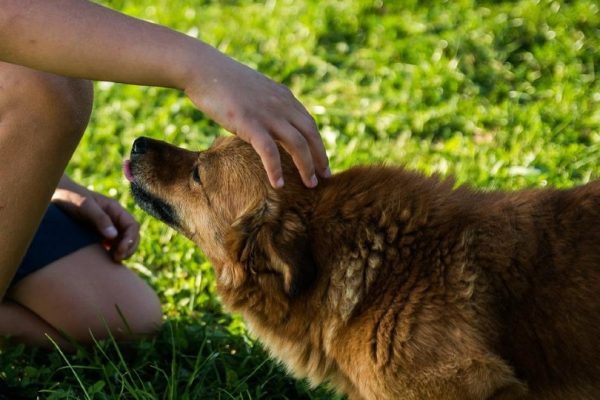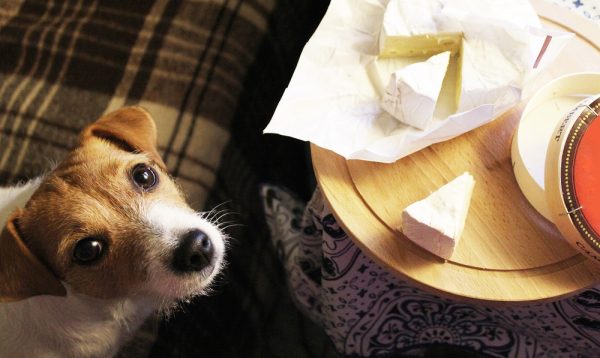In this article
Golden Retrievers, often referred to as Goldens or Goldies for short, are beloved family pets often featured in movies and shows. You’ll also see them on search and rescue missions and as service animals. Why do we see them so often? They are a good-natured breed and never really grow out of their fun and playful ways, but they are incredibly loyal, intelligent, and easy to train.
If you are considering a Golden Retriever puppy, you may be interested in how big they will get and what factors ultimately affect its size.

Facts About Golden Retrievers
Goldens are among the most popular dog breeds, especially for families, because of their playful and loyal nature.
- Goldens are the 4th most intelligent dog breed and are easily trained.
- Their double coat repels water, and they love to swim.
- They were originally bred as gun dogs to fetch game. Their naturally gentle “soft mouth” prevents them from damaging birds when they carry them back in their mouths.
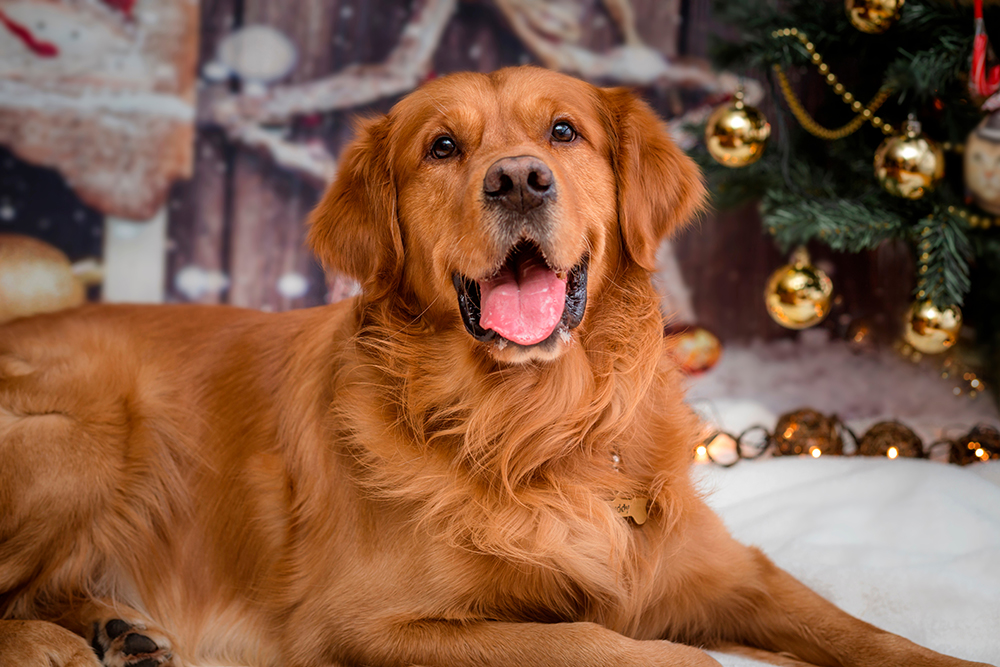

Golden Retriever Size and Growth Charts
Male Goldens have a stockier build, a broader head and snout, and a prominent tuft of hair under the chin and down the chest, sometimes called a mane. You may be able to spot a female Golden by their slender body profile, narrower head, and thinner, more feathered coat appearance. When fully grown, males can reach 23 to 24 inches in height, while females tend to be a bit shorter at 21.5 to 22.5 inches.
Because of their natural size differences, male and female Golden Retrievers have slightly different growth charts.
Golden Retriever Size and Growth Chart (Male)
| Age | Average Weight Range (pounds) |
| 3 months | 17-27 lbs. |
| 6 months | 41-57 lbs. |
| 9 months | 57-73 lbs. |
| 1 year | 60-75 lbs. |
| 2 years | 65-75 lbs. |
Golden Retriever Size and Growth Chart (Female)
| Age | Average Weight Range (pounds) |
| 3 months | 17-27 lbs. |
| 6 months | 37-46 lbs. |
| 9 months | 48-63 lbs. |
| 1 year | 50-65 lbs. |
| 2 years | 55-65 lbs. |
Sources for charts: WALTHAM
Important note: These size and growth charts are estimates and should only be used to get a general idea of the weight of your Golden Retriever at different ages. If your puppy is not growing as expected or is significantly under or over the weights in these charts, then consult with a vet to make sure they are growing and developing appropriately.
When Does a Golden Retriever Stop Growing?
Golden Retrievers will reach their full adult size by the time they are 2 years old. They may have reached their adult height much earlier than that, at around one year, but it takes another year to build the strong bones and muscle they will need throughout adulthood.
By the time they are two, Golden Retrievers may not continue growing physically, but they still have some growing up to do mentally. Regular training is essential for a well-behaved pup, even if your Golden always retains the youthful playfulness the breed is known for.
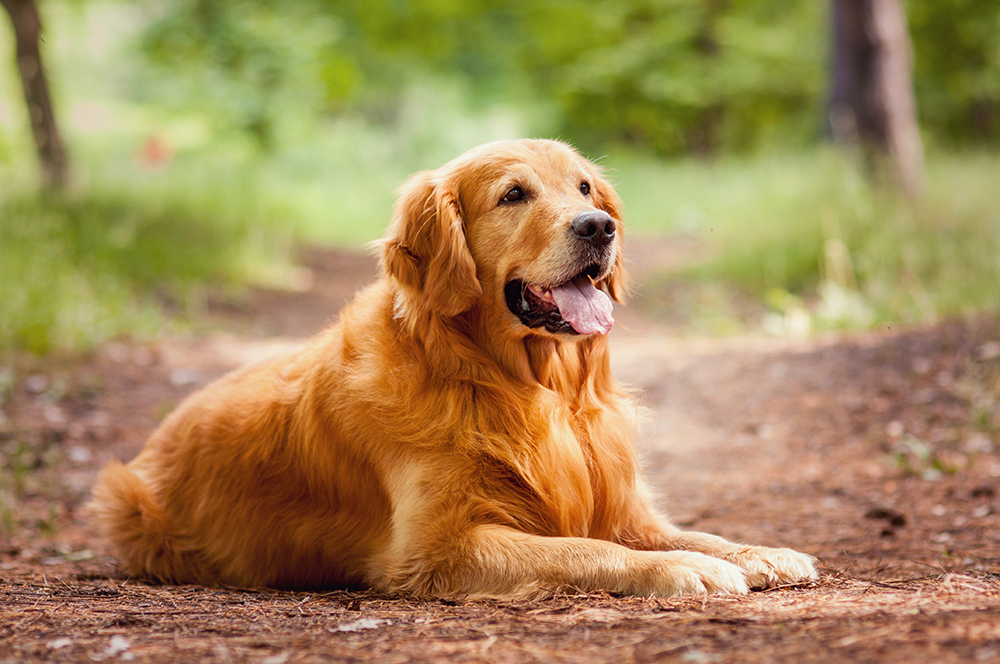
Factors Affecting the Size of a Golden Retriever
As you can see from the growth charts above, the size and weight of your pup can vary depending on their sex. What else determines how big your Golden will get? Just as with all puppies, their genetics, nutrition, exercise, and overall health affect their adult size.
- Genetics: Genes play a primary role in how big a dog will get in terms of both weight and height. If a puppy’s parents are large, the puppy will likely grow into a larger dog.
- Nutrition: What Golden Retrievers eat, particularly when they are rapidly growing as puppies, will affect their growth and development and, therefore, overall size.
- Exercise: Regular physical exercise promotes healthy bone and muscle development, which contributes to their size. It is also crucial in helping dogs maintain a healthy body weight.
- Health: A variety of health conditions can affect a puppy’s critical growth stages, such as parasitic infections and chronic illnesses.
Proper veterinary care throughout their lifetime is essential but is most likely to affect their growth as puppies. Be sure to:
- Check for, treat, and prevent parasites
- Get all vaccines and boosters on time
- Discuss the time of spaying or neutering with your vet
Golden Retrievers can be affected by pituitary dwarfism, a congenital condition caused by a deficiency in growth hormone. However, it’s rare in Goldens. Dogs with pituitary dwarfism will be smaller than the rest of the litter and not grow at the expected rate. They may also have short legs and a larger head.
Retriever mixed breeds will have a different growth chart based on their parentage. Be sure to research the mixed breed features and parentage to know more about what to expect.

Ideal Diet for Maintaining a Healthy Weight
Your Golden Retriever requires a balanced diet tailored to their specific needs to maintain a healthy weight. The ideal diet should include high-quality proteins from an animal source, healthy fats, including omega-3 fatty acids, a controlled amount of carbohydrates, and essential vitamins and minerals.
A quality dog food formulated for your Golden Retriever’s life stage should have all of these features. We recommend getting advice and guidance from a veterinarian if you have any questions or concerns regarding your pet’s diet and weight.
If you need to speak with a vet but can't get to one, head over to PangoVet. It's an online service where you can talk to a vet online and get the personalized advice you need for your pet — all at an affordable price!

Golden Retrievers are prone to becoming overweight, so avoid overfeeding and limit treats. Regular vet checkups are important to monitor weight and adjust the diet as needed to keep your pup at an ideal weight.
How to Measure Your Golden Retriever
A dog’s height is measured from their withers or their shoulders’ highest point. The height of their neck and head are not included. You can measure your dog’s size much like you would your own against a wall or door frame. Use a straight edge placed at their withers to mark the height on a wall or other permanent, flat surface. Then, measure from the floor to the mark on the wall.
When determining where to mark the height on the wall, feel for their shoulders. If your dog has a thick coat, this is especially important. They should also be standing upright and not sitting down, reaching toward the floor, or leaning to one side. Having a partner hold a treat in front of them at the right height to have them stand upright and still for a moment can help.


Conclusion
Golden Retrievers are a popular choice for many reasons; their medium to large size makes them an ideal companion or family pet. Because their size can vary, it’s difficult to say precisely how big your puppy will get, but you can estimate based on the size of their parents, other puppies in the litter, their general health, and what growth milestones they have already reached.
If you decide to add a Golden to your home, be sure to offer a high-quality, nutritious diet suitable for their life stage and follow up with routine veterinary appointments to ensure they are just as healthy as they are happy in your care.
Related Reads:
Featured Image Credit: Neelsky, Shutterstock
